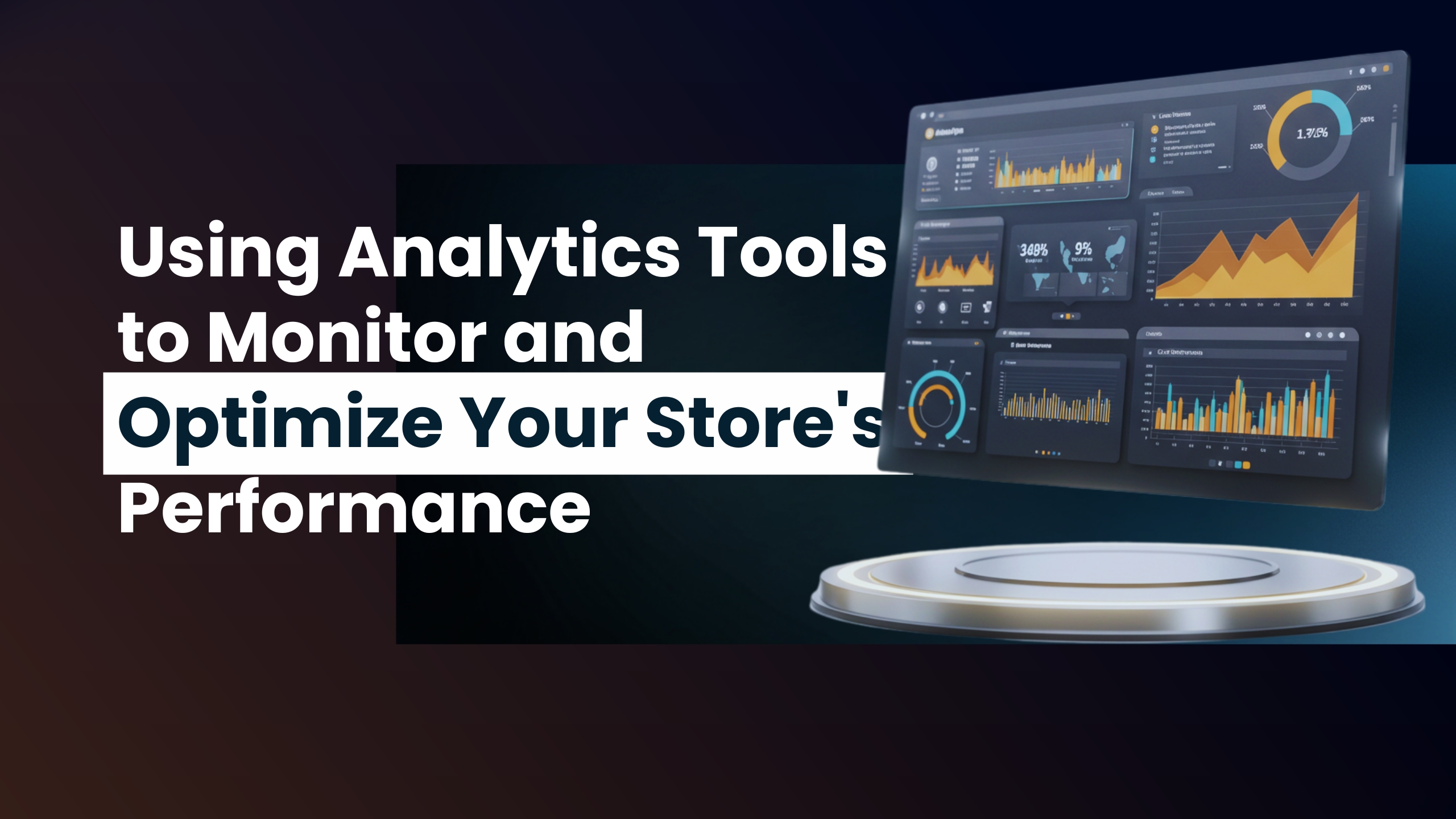Using Analytics Tools to Monitor and Optimize Your Store's Performance
In today’s competitive e-commerce landscape, data isn’t just an asset; it’s the backbone of effective decision-making. By leveraging analytics tools, businesses can unlock valuable insights into customer behavior, sales trends, and operational efficiency. This empowers store owners to make informed adjustments that boost performance and profitability. Let’s explore how to use analytics tools to monitor and optimize your store’s performance.
The Role of Analytics in E-commerce
Analytics tools provide a window into your store’s inner workings. From tracking website traffic to analyzing sales conversions, these tools help identify what’s working and what needs improvement. By understanding key metrics such as bounce rates, average order value (AOV), and customer acquisition costs (CAC), businesses can fine-tune their strategies to meet customer expectations and market demands.
Key Metrics to Monitor
To effectively optimize performance, focus on the following metrics:
- Traffic Sources: Identify where your visitors are coming from—organic search, paid ads, social media, or referrals. This helps you allocate marketing budgets effectively.
- Conversion Rates: Measure the percentage of visitors who complete desired actions, like making a purchase or signing up for a newsletter.
- Cart Abandonment Rates: Understand why customers leave without completing their purchases and implement strategies to reduce this.
- Customer Lifetime Value (CLV): Analyze the total revenue a customer generates over their relationship with your store.
- Sales Performance: Monitor top-selling products, seasonal trends, and revenue growth.
Choosing the Right Analytics Tools
There are various tools designed to cater to different aspects of e-commerce analytics. Here are some popular options:
- Google Analytics: Offers a comprehensive overview of website performance, user behavior, and traffic sources.
- Shopify Analytics: Provides built-in metrics for Shopify stores, including sales reports and customer insights.
- Hotjar: Helps track user interactions on your site with heatmaps and session recordings.
- Klaviyo: Focuses on email marketing analytics, helping you optimize campaigns for better engagement.
- SEMrush: Ideal for monitoring SEO performance and identifying keyword opportunities.
Optimizing Your Store’s Performance
Once you’ve gathered actionable data, the next step is optimization. Here’s how to do it:
- Enhance User Experience (UX): Use heatmaps and session recordings to identify pain points in navigation and streamline the shopping process.
- Personalize Marketing Efforts: Leverage customer data to create targeted campaigns, personalized recommendations, and dynamic pricing strategies.
- Refine Product Listings: Monitor top-performing products and adjust descriptions, images, and pricing to maximize sales.
- Improve SEO: Use analytics tools to identify high-performing keywords and optimize your content for better search rankings.
- Address Cart Abandonment: Implement retargeting campaigns, offer discounts, or simplify the checkout process to recover lost sales.
Conclusion
Analytics tools are indispensable for any e-commerce store looking to stay ahead in a competitive market. By consistently monitoring key metrics and making data-driven decisions, you can enhance customer satisfaction, improve operational efficiency, and drive sustainable growth. Start leveraging analytics today to unlock your store’s full potential and pave the way for long-term success.

